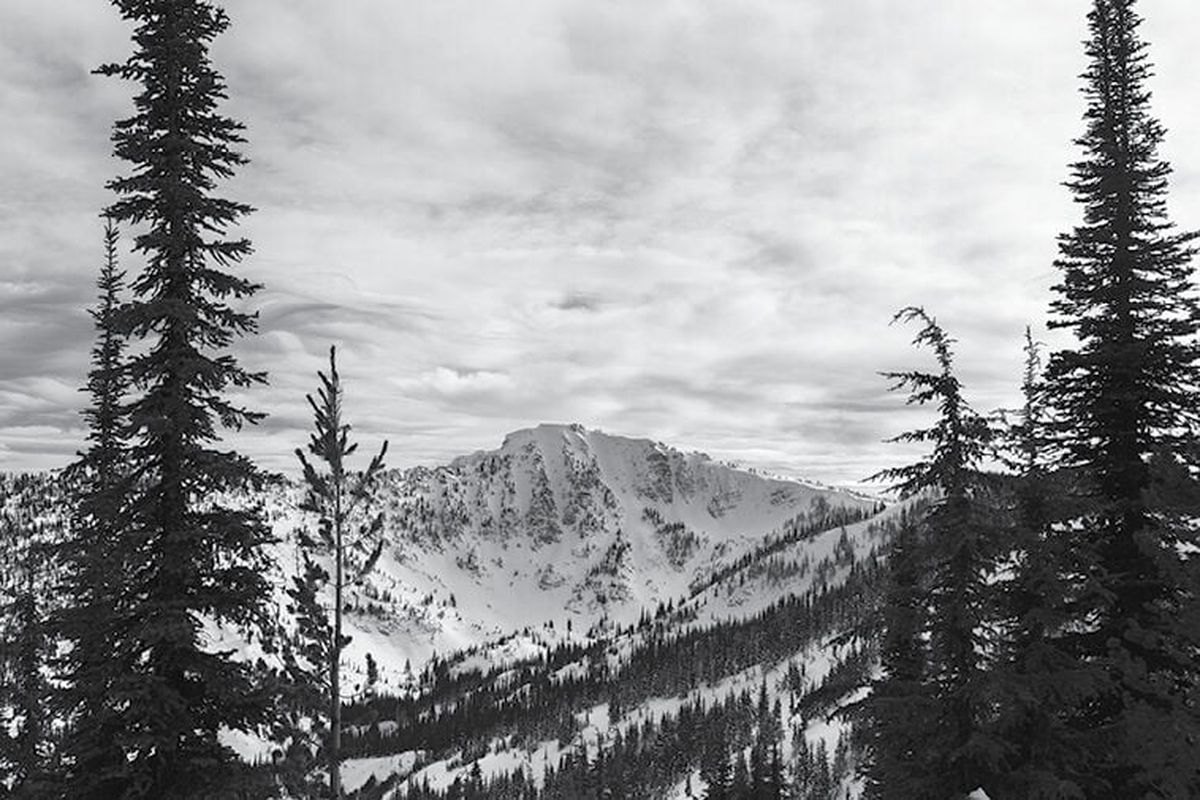Missing man’s body recovered from North Idaho avalanche after two survivors rescued

The body of a man caught in an avalanche near Stevens Peak in Shoshone County was recovered Friday, while two other men were rescued from the mountain, the Spokane County Sheriff’s Office air support unit reported.
Whitworth University President Scott McQuilkin said the three men are alumni and had their families’ permission to share their names.
The man who died was Corey Zalewski, who graduated with a Master of Business Administration in 2014, according to McQuilkin.
“Corey was known for his positivity, sense of humor, energy, intelligence and love of being active outdoors,” McQuilkin said. “Please join me in prayer for Corey’s family as they grieve this tragic loss.”
The two survivors rescued Thursday are Landon Crecelius, a current Whitworth staff member, and David Sittser, who graduated in 2007.
The three men were skiing, according to a preliminary accident report released Friday by the Idaho Panhandle Avalanche Center.
Emergency crews were called to an area near Stevens Peak just before 3 p.m. Thursday by a GPS device. Stevens Peak is about 3 miles south of Mullan, Idaho, and 2 miles west of the Montana border.
Rescuers were able to communicate via text with the two men eventually rescued, the Shoshone County Sheriff’s Office said in a Facebook post. They were located thanks to their ability to communicate, according to the sheriff’s office.
The U.S. Air Force, Kootenai County Sheriff’s Office, Silver Valley Search and Rescue and the Silver Mountain Ski Patrol assisted in the rescue mission, according to the post.
Rescuers continued their search for Zalewski, but the search was suspended late Thursday because information from the two survivors indicated he had died.
Crews restarted the search Friday morning.
Much of North Idaho and part of northwest Montana backcountry are under an avalanche warning from the Idaho Panhandle Avalanche Center. Danger levels were at a high 4 on the avalanche danger scale of 1 to 5.
Travel is not recommended in avalanche terrain above 5,500 feet in the St. Joe Mountains of the Silver Valley, Selkirk Range and Cabinet Mountains.
Ben Bernall, an avalanche forecaster for the U.S. Forest Service, said heavy snowfall over the last week and high winds created unstable conditions in the region. The recent extreme temperature plunge brought with it a shift in wind patterns, which can trigger new slabs of snow to slide.
“Any time you get a lot of new snow in a short period, it takes a while for that snow to settle and bond to the older layers,” Bernall said.
The avalanche center said it is investigating and will release an incident report. Bernall said these investigations involve visiting the site, analyzing the weather and snowpack leading up to the event and interviewing witnesses to put together the story of what happened.
Bernall encourages adventurers to visit the avalanche center website before heading into the backcountry to check current conditions and learn safety.
Thirty people died in avalanches in the United States last year, including three in Idaho, according to the Colorado Avalanche Information Center.
The avalanche occurred several miles away from Lookout Pass Ski and Recreation Area and didn’t affect the resort, which remained open Friday.
Matt Sawyer, director of marketing for Lookout Pass, said the ski patrol keeps a close watch on conditions, but most of the ski area is not steep enough for major avalanche concern.
“The angle of descent for most avalanches starts at 35-45%,” Sawyer said. “Most of our trails do not have anything along that line.”
There has never been an inbounds avalanche at the ski area, Sawyer said.
“We just wish people would really pay attention to the avalanche forecast before they venture into the backcountry,” he said.